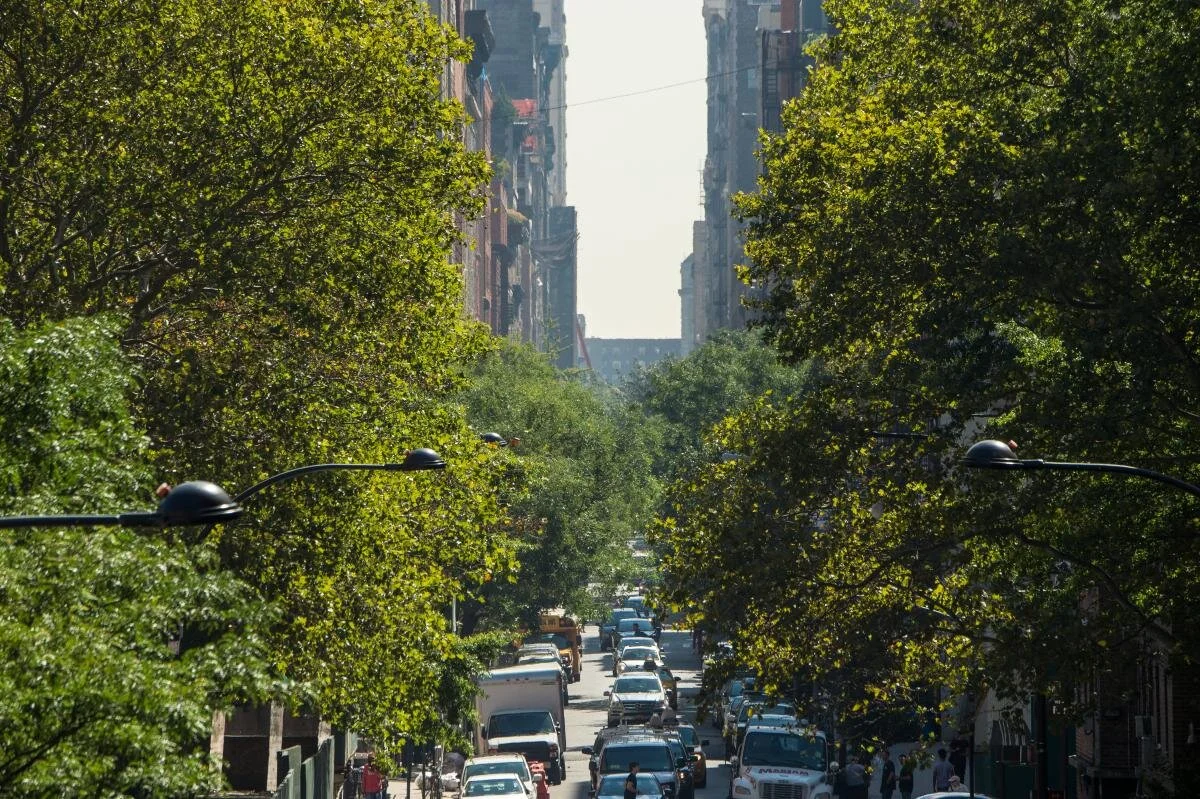Dr. John Francis was coined the name 'Planet Walker' after spending several years walking across the United States to encourage others to find alternative modes of transportation to automobiles. His appreciation for the environment began in his childhood when he would spend his summers working at his uncles’ farm in Virginia without electricity. When Francis was in his 20’s, he witnessed an oil spill in the San Francisco Bay that led him to reconsider his relationship with the petroleum economy and the environment. He felt partly responsible for the oil spill and decided he would no longer use motorized transportation. Francis then began his journey on foot across the United States.
During his journey Francis found himself arguing with people who disagreed with his decision to stop using motorized transportation. He decided to take a vow of silence for a day because he was worried he was losing his appreciation for differing points of view. After the first day he chose to continue his vow of silence because he realized he had not been truly listening to others and that he learned more without speaking. Throughout his journey Francis took lengthy detours to pursue higher education and received his bachelor's degree from Southern Oregon University, a master’s degree from the University of Montana, and a Ph.D. in land resources from the University of Wisconsin. One of the greatest things Francis learned as he traveled was the role humans played in the environment.
“For me, the environment changed from just being about pollution, endangered species and climate change to human rights, civil rights, economic equity, gender equality and all the ways we related to each other. That’s what the environment is. It had to be everything.”
A young John Francis walking across the United States in the 1970s.
After 17 years, Francis ended his vow of silence to work with the US Coast Guard. Here he helped write the Oil Pollution Act of 1990 which established new standards for the maritime transportation of oil, contingency planning requirements, and increased penalties for polluters. Today Francis serves as the founder and program director of ‘Planetwalk’, a nonprofit organization dedicated to creating environmental literacy curriculum for K-12 students. Francis is also a visiting associate professor at the University of Wisconsin-Madison, where he holds seminars on environmental studies. He also travels around the world to speak on a variety of topics like redefining the environment for the travel industry, and encouraging diversity and inclusivity within environmental organizations. Although he occasionally uses motorized transportation now, no one can question his dedication to fighting for a cleaner environment. In fact, the day after he ended his vow of silence he was hit by a car and convinced the ambulance crew to let him walk himself to the hospital!
Planetwalk’s core mission is the development and coordination of a global network of Planetwalkers.
Planetwalk is currently working to create a modular program called ‘Plantlines’ to encourage people of all ages to interact with their environment by going on walks and making observations. The goal of the program is to have people enter qualitative and quantitative observations into a GIS database that can be displayed on a map. Although the program is not finished yet, Francis encourages people to walk around their neighborhood and interact with their community so they can develop an appreciation for their environment and listening.
To learn more about Dr. John Francis and Planetwalk visit planetwalk.org. If you are feeling inspired and would like to explore San Jose, there are several guided Tree Tours and Urban Scavenger Hunts under the “Other Programs, Home Activities” tab on our website as well!
Sources:
(1) “About John.” Planetwalk, 9 Nov. 2020. planetwalk.org/about-john/.
(2) Chen, James. “Oil Pollution Act of 1990.” Investopedia, Investopedia, 28 Aug. 2020. www.investopedia.com/terms/o/oil-pollution-act-of-1990.asp.
(3) National Geographic Society. “Planetwalker: Dr. John Francis.” National Geographic Society, 15 Oct. 2012. www.nationalgeographic.org/article/real-world-geography-dr-john-francis/.
(4) Petersen, Melissa. “28 Black Environmentalists.” Medium, Medium, 18 June 2020. medium.com/@melpete94/black-history-month-environmentalists-69b16007da8f.
(5) “This Environmentalist Didn't Speak for 17 Years to Learn How to Listen to His Opponents | CBC Radio.” CBCnews, CBC/Radio Canada, 23 May 2019. www.cbc.ca/radio/outintheopen/breaking-silence-1.4526352/this-environmentalist-didn-t-speak-for-17-years-to-learn-how-to-listen-to-his-opponents-1.4527401.












